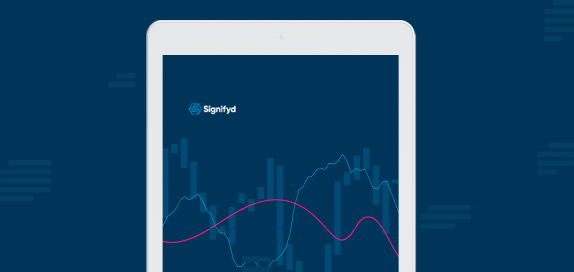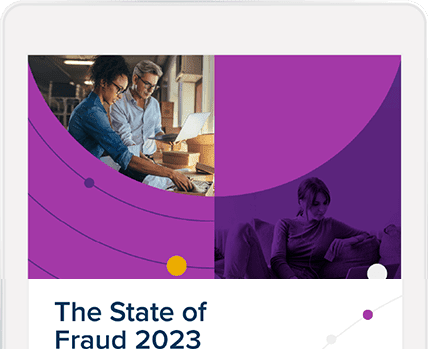In the hyper-competitive ecommerce sector, merchants are constantly seeking new ways to improve customer experience, conversion rates and customer lifetime value. Most traditional methods of tuning these metrics have been optimized through various marketing channels and user experience improvements. However, there is a lurking customer experience challenge resulting in a ton of lost business: fraud and bank authorization declines.
Allowing more good customers to successfully transact can be transformational for a business, however, with the persistent threat of fraud looming large, merchants often find themselves walking a tightrope between minimizing risk and maximizing approval rates. In this dynamic landscape, the case for prioritizing pre-auth for fraud protection emerges as a strategic imperative, promising not only enhanced security but also improved authorization rates and, consequently, increased revenue potential.
Authorization is a crucial point in the online payment chain. To review, authorization is the process by which the credit card issuing bank confirms the basics are covered — the account contains sufficient credit to complete the transaction, sufficient account details are present, the account is not expired, etc.
Here are the five explanations for why moving your fraud controls pre-auth, or before authorization, can improve customer experience and drive more top-line revenue:
1. How does sending clean traffic to issuers naturally improve authorization rates
Worldpay’s Senior Director, Product Management Fraud & Abuse Sunny Thakker explains the advantages of pre-authorization transaction review when it comes to authorization rates and what merchants can capitalize on those advantages. Thakker’s take comes from a longer conversation with Signifyd’s Will Wyatt at the FLOW Summit 2024.
A Worldpay analysis found a direct, negative correlation between authorization rates and fraud rates. As a merchant’s fraud rate goes up, their authorization rates go down. Issuing banks have a very low tolerance for fraud on their cardholders, so they put controls in place to ensure their consumers face a minimal risk of being impacted by a risky merchant accepting fraudulent payments. As a result, the cleaner your traffic, the less friction an issuing bank will add in the name of protecting the cardholder from fraud.

2. What role does sharing additional data with issuers play in reducing false declines?
While issuers have a ton of data on the spending patterns of their consumers, they actually have very little data on any given transaction. With only a timestamp, merchant identifier and dollar amount, sometimes an issuer will falsely decline an order simply due to insufficient data. By working with merchants pre-authorization, Signifyd can share data with issuers like Capital One, Discover and more. These data insights, such as our risk score and the fact that we’ve accepted liability for a transaction, give issuers enough confidence to relax their fraud controls.
3. How does pre-authorization lead to improving your customer experience?
Nothing is worse than trying to place an order for a popular item, only to be told the item is no longer available, or is out of stock. Unfortunately, if you place your fraud controls post-authorization, bots and other large-scale resellers can access your inventory and prevent loyal customers from purchasing their favorite items. By placing your controls before payment authorization, you can identify and block fraudsters, resellers and other unwanted buyers before they access your inventory, keeping it reserved for the right customers for your brand.
4. Can moving to pre-authorization reduce interchange costs?
Merchants end up paying quite a bit more to their payment processors when they send every transaction through to authorization and pay the associated fees on each order. Consider a card-testing attack, which often involves an automated assault of small value orders in quick succession. The aim is to identify valid stolen credit card information. While the authorization fee for each transaction may be relatively low, a wave of thousands of rapid-fire transactions could be devastatingly costly for an online brand. By culling the worst transactions before sending them through the network, brands can reduce their cost exposure.
5. How do pre-authorization fraud controls improve fraud model performance
With any advanced fraud system, machine learning and AI are used to make decisions about each transaction — whether to approve it, decline it or take some other additional action. Machine learning models thrive on data — what is typically called training data — and the more opportunities these models have to see the good, the bad and the ugly, the easier they will be able to identify patterns in the future. Therefore, you are inherently hamstringing your model performance if you only send them transactions that have been through authorization and have been approved.
Understanding how pre-authorization leads to great customer experience is key
While not traditionally thought of as a part of customer experience strategy, fraud controls can play a key role in optimizing customer experience, conversion rate and customer lifetime value.
While fraud is typically an afterthought for marketing and growth teams, understanding the impact it can have on your conversion funnel is crucial. And partnering with the payments and fraud teams to move to pre-authorization is a key initiative to focus on in 2024 before the holiday season to maximize conversion rate and delight your customers.
Photo by Getty Images
Looking to increase conversions and improve customer experience? Let’s talk about pre-auth for fraud protection.









